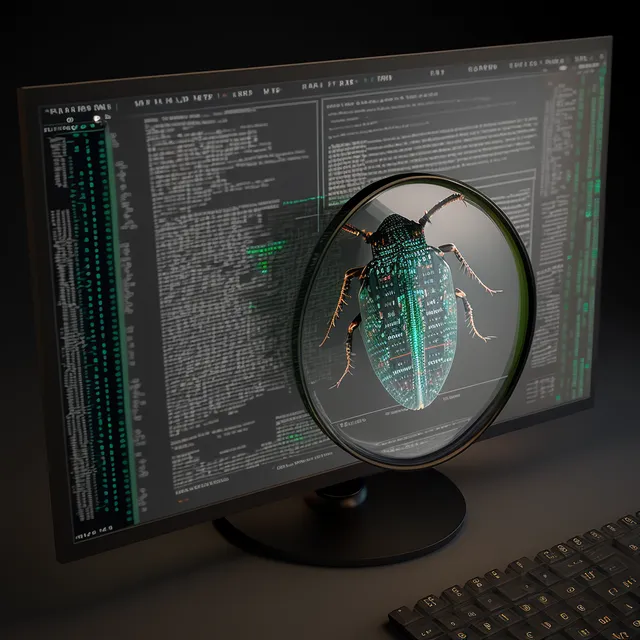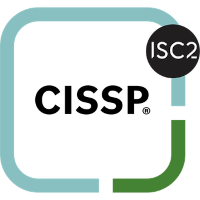
CS:GO: From Zero to 0-day
We identified three independent remote code execution (RCE) vulnerabilities in the popular Counter-Strike: Global Offensive game. Each vulnerability can be triggered when the game client connects to our malicious python CS:GO server. This post details our journey through the CS:GO binary and conducts a technical deep dive into various identified bugs. We conclude by presenting a proof of concept (POC) exploit that leverages four different logic bugs into remote code execution in the game’s client, triggered when a client connects to the server.















